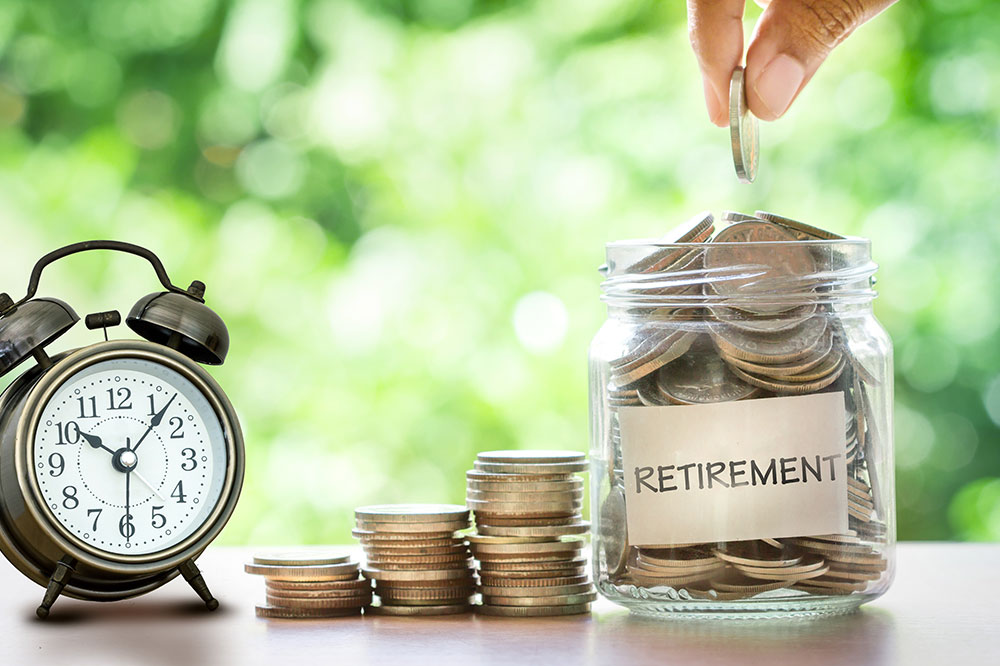Chest congestion – Management options and remedies

Chest congestion develops with an accumulation of mucus in the lungs, which can cause discomfort, cough, and, sometimes, pain. Congestion is a common symptom of seasonal illnesses like flu or cold, or it can indicate a chronic health condition. The treatment depends on the cause. Further, when brought on by a mild infection, congestion can be treated with simple home remedies. So, here are some treatment options and home remedies to relieve congestion:
Management options
Upon noticing persistent congestion, one should consult a doctor, who will determine the cause and recommend a suitable treatment plan. This could consist of prescription treatment to loosen the mucus. Some prescription options can fight the infection responsible for chest congestion. Alternatively, if dealing with a chronic illness, doctors may suggest prescription treatment to minimize the discomfort and relieve congestion. Apart from the abovementioned treatment options, certain at-home solutions can help in managing congestion.
Home remedies
1. Salt water gargle
Gargling with lukewarm water and some salt can help relieve cold-like symptoms, including chest congestion and throat pain. One can take a glass of warm water, add a quarter tablespoon of sea salt to it, and mix it. Then, one can take a big sip of this solution, tilt their head back slightly, and gargle for 30 seconds. This can be repeated 4 to 5 times in one sitting, and then repeat the process as many times as needed throughout the day.
2. Steam inhalation
This is a great way to loosen up any mucus in the chest, nose, and throat. It is also an easy and convenient remedy that does not require special equipment or ingredients. All one has to do is take some water in a pot and boil it. One can also add essential oils to it, if necessary, or simply make do with plain water. One can also add ginger to the water. Then, one should carefully place this pot filled with hot water on a table and sit in front of it. Then, one should bend slightly to inhale the steam emerging from the water and cover their head with a thick towel to trap the steam as much as possible. One can continue breathing in the steam normally, allowing it to reach the lungs. One can carry out this process often till they see results.
3. Honey
Honey is known for its anti-inflammatory properties and is a part of many home remedies. It might help relieve nighttime cough and congestion.
4. Essential oils
Peppermint and eucalyptus oils are known to be natural decongestants and can be handy remedies for chest congestion. Some ways to use the oil include adding it to boiling water and inhaling the steam. Another way is to add essential oils to a diffuser. Or, one can add a couple of drops of the oil in bath water and let the aroma help decongest the chest. Some may choose to apply the oil directly on their wrists and breathe it in. However, one should use a carrier oil when applying essential oils on the skin.
Nevertheless, if congestion seems to persist, one should consult a doctor and seek treatment.






